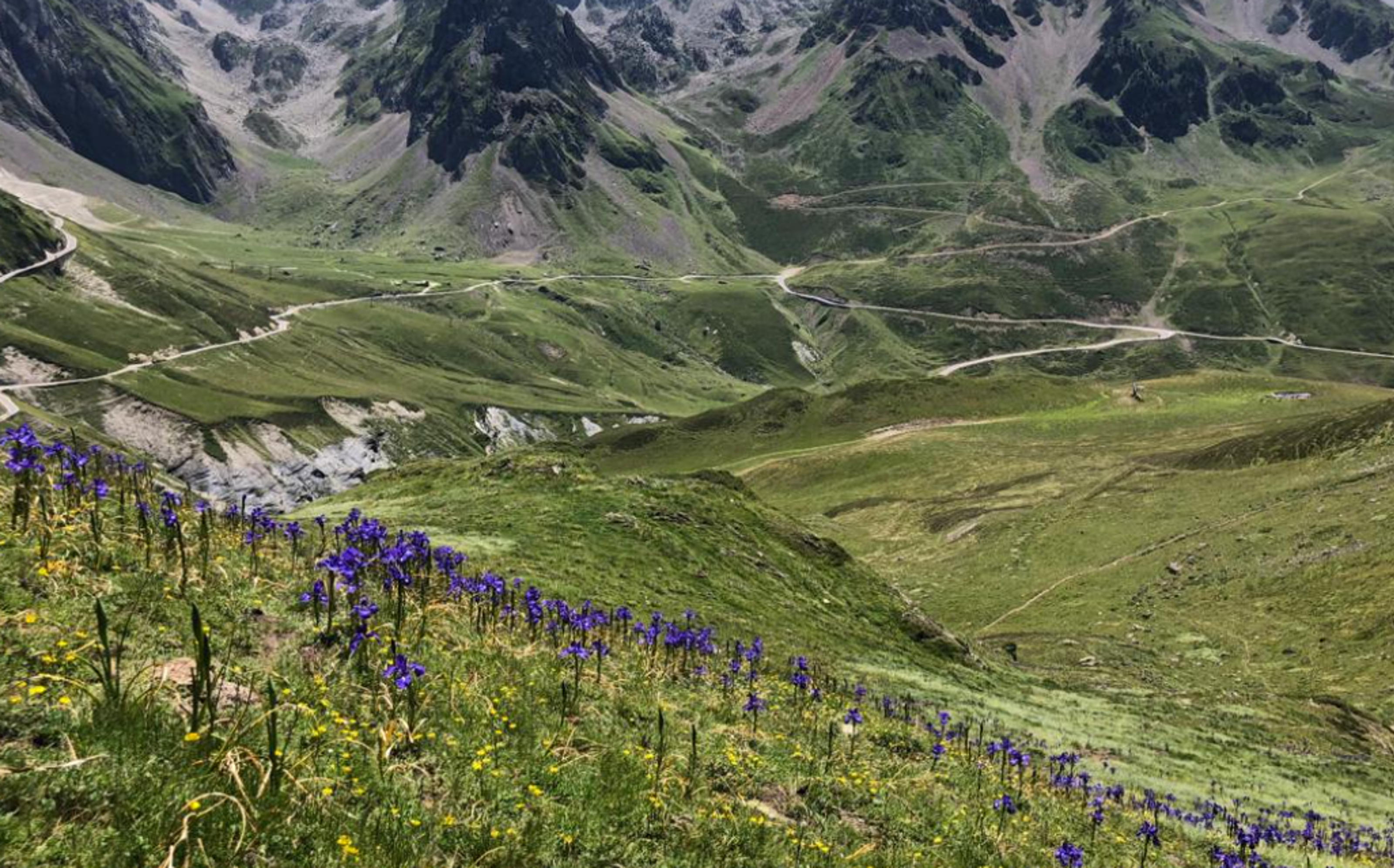Tracing hotspots of soil erosion in high mountain environments: how forensic science based on plant eDNA can lead the way. An opinion.

An opinion paper that explores the combination of geographical and biological sciences to guide ecological restoration has been published in the journal “Plant & Soil”.
The work explores the use of plant-based eDNA fingerprinting of sediments as a tool to identify hotspots of soil erosion, and has been conducted as a result of a Marie Skłodowska-Curie research project.
Interdisciplinary method
As soils get mobilized by water erosion and landslides, the properties of mineral soil particles (e.g., colour, parent material, fallout radionuclides) allow to define sediment provenance. This method is called “sediment source fingerprinting” and is a relatively recent methodology in geographical sciences. The main issue is that very often the identification of sediment sources cannot be easily translated into identifying hotspots of soil erosion in catchments. The lithology of high mountain environments can be very complex for example, making it difficult to define which areas are most exposed to erosion. Thanks to recent advancements in DNA metabarcoding in biological sciences, whole plant communities can now be identified to the to the family, genus or species level. As plant eDNA binds to mineral soil particles (mainly clay), eDNA can be a sediment fingerprint which refers to vegetation communities (see Figure).

Legend: (1) Plant DNA is bound to fine mineral particles giving every soil a unique eDNA signature, (2) Highly degraded alpine grassland on ski run with gullies, (3) Overgrazed pasture with numerous shallow landslides, (4) Degraded shrubland with isolated shallow landslides, (5) Broadleaf forest with debris flow, (6) Ecologically restored subalpine grassland without erosion, (7) Cropland with sheet and rill erosion, (8) Exotic species on eroding riverbank, (9)-(10
Relevance for ecological restoration
High mountain environments are often exposed to severe weather events that generate extreme runoff, making soil erosion severe. The urgent need to mitigate severe water erosion and landsliding, especially in the current context of a changing climate and biodiversity loss, calls for an improved understanding of nature-based solutions and their efficacy in restoring disturbed landscapes. The restoration of slope stability with vegetation is, however, far from straightforward. The use of sediment source fingerprinting based on eDNA would allow the investigation of complex and often poorly understood relationships between vegetation cover, restoration activities, and geomorphological response at the catchment scale. Furthermore, it could be used to monitor restoration programs, and therefore, improve the success rates of restoration activities. The scope of applications is not limited to the identification of present-day sediment sources, but can be expanded to investigations of Human-Environment interactions over longer times scales (for example, when applied to lake sediments).
Source: Frankl A., Evrard O., Cammeraat E., Tytgat B., Verleyen E., Stokes A. 2022. Tracing hotspots of soil erosion in high mountain environments: how forensic science based on plant eDNA can lead the way. An opinion. Plant & Soil, https://doi.org/10.1007/s11104-021-05261-9
Contact person from PlaNet: Amaury Frankl (INRAE); amaury.frankl@cirad.fr